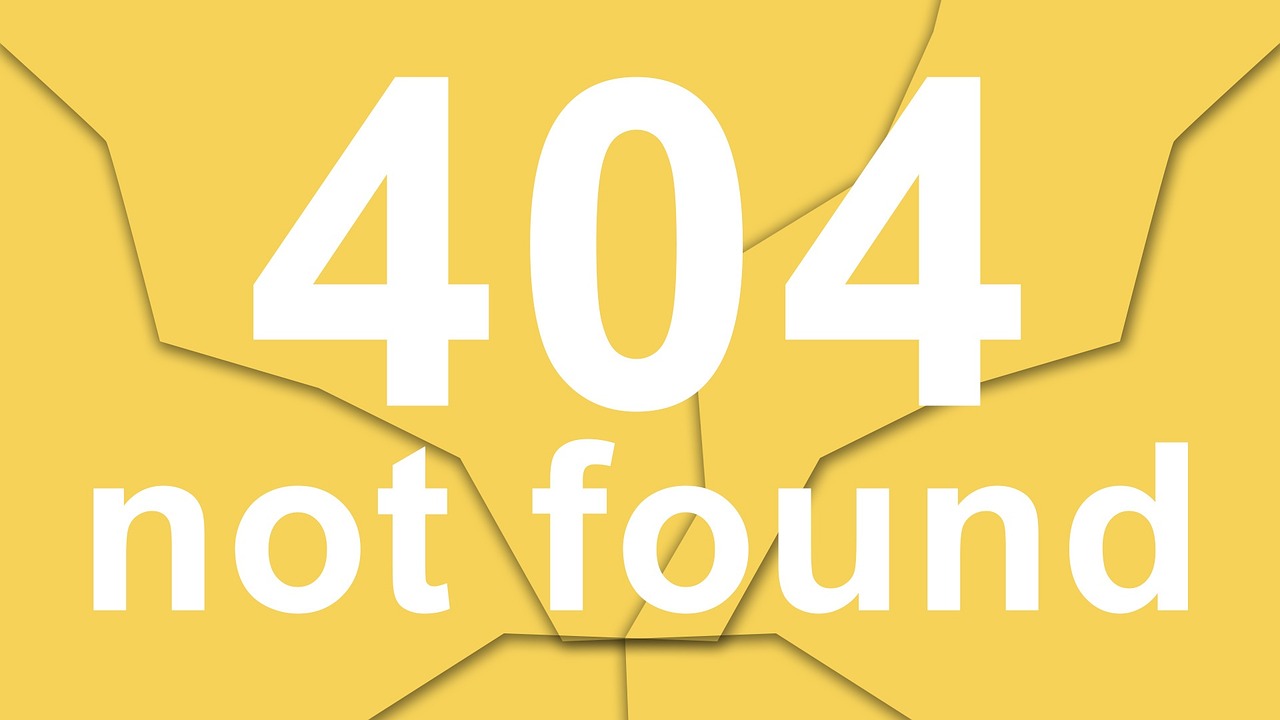How consistent is your voice across your travel business?
I’ve recently been coaching a lovely client in the short-term rental sphere. She’s warm, funny and learning to write copy that sounds just like her.
The other day, I emailed her about something and got her out-of-office reply.
Reader, I winced. Bbrr. It was frigid. Formal. Like a completely different person had written it.
Now, voice is one of the key things we’re working on together. Like many of my clients, she has real blocks when it comes to sounding professional. She always feels her copy should sound ‘professional’, but admits that once she gets to know her clients face-to-face or over the phone, she’s friendly and warm.
The problem is this: when you have all these different voices across your communications, you’re missing a golden opportunity to build brand consistency.

Where your voice shows up (and where it gets lost)
- Your website homepage and about page
- Booking confirmation emails
- Welcome messages
- Out-of-office replies
- Error messages on your website (the dreaded 404 page)
- Social media posts
- Responses to reviews
- Pre-arrival information
- House manuals or tour guidelines
- Text messages to guests
- Cancellation policies
- FAQ pages
If you’ve got a warm, friendly voice on your Instagram but your automated booking confirmation sounds like an Arctic robot, you’re confusing people.
If your welcome message is full of personality but your out-of-office reply is chilly and grey, what are people supposed to think?

Why voice consistency matters for connection
For me, travel and tourism copywriting is all about connection. Think about it: you would find it very difficult to make friends with somebody who blew hot and cold. Someone who spoke to you like you were a distant acquaintance one day, then like you were a long-lost buddy the next. You’d never quite know where you stood with them, would you?
It’s the same with your travel brand.
If you want to build connection and trust with your guests or clients, you need to show up in all your communications with the same voice. The same kind of language. The same level of warmth. And the same approach to writing.
That means:
- Don’t AI-generate some stuff and write other bits in your own voice
- Don’t let an overly formal voice creep into your automated messages
- Don’t save your personality for the communications you think matter most
Show up consistently. Have a brand voice and stick to it.

What inconsistent voice looks like
Let me show you some examples from the travel industry where voice consistency falls apart:
The Tour Operator:
- Website: ‘Embark on an unforgettable journey through Scotland’s most iconic landscapes with our expertly curated experiences.’
- Instagram: ‘Guys, you HAVE to see this sunset!! Best day ever with the loveliest group’
- Booking confirmation email: ‘Your reservation has been processed. Please review the attached terms and conditions.’
See the problem? Are they formal and corporate? Are they bubbly and casual? Who knows?
The Short-Term Rental:
- Listing description: ‘Welcome to our cosy home away from home! We can’t wait for you to relax and make memories here.’
- Pre-arrival email: ‘Check-in procedures are as follows. Failure to comply with house rules will result in forfeiture of deposit.’
- House manual: ‘Hey lovely guests! Help yourself to anything in the pantry. Mi casa es su casa!’
What’s going on here? It’s like being introduced to three different people, all claiming to be the same host.

The small stuff matters (microcopy is still copy)
Don’t forget about your microcopy: those little bits of text that appear throughout your digital presence:
- Button text (‘Book now’ vs. ‘Save my spot!’ vs. ‘Let’s do this’)
- Form confirmations (‘Thanks for signing up’ vs. ‘You’re in! Check your inbox’)
- Loading messages (‘Please wait’ vs. ‘Hang tight, we’re getting your dates…’)
- Error messages (‘Invalid entry’ vs. ‘Oops, we need your email address’)
- Empty states (‘No results found’ vs. ‘Hmm, we couldn’t find anything for that’)
These tiny moments are perfect opportunities to reinforce your voice.
Or perfect opportunities to sound like every other generic website out there.

When you’re working with other people
Here’s where it gets tricky: what if you’re not the only person writing for your business? What if you’ve got a business partner, team members, or a VA helping with communications?
This is where you need a brand style guide.
A brand style guide documents your voice so that anyone writing on behalf of your business can sound like… well, you. Or at least a consistent version of your brand.
It doesn’t need to be fancy. It just needs to capture:
- Key phrases you use (and ones you’d never use)
- Your tone (warm, professional, cheeky, thoughtful)
- How you greet people
- How you sign off
- Grammar preferences (do you use contractions? Oxford commas? Em dashes?)
- Words that are just ‘you’
- Examples of good copy in your voice
Want help creating your own brand style guide? Download my free template here – it’ll walk you through the process step by step.

Do a consistency check
Here’s what I want you to do this week: check your voice consistency across all your touchpoints.
Go through every place your words appear. Read them out loud. Do they all sound like the same person wrote them? Would a guest reading your website and then getting your booking confirmation email think they’re dealing with the same business?
If the answer is no, you know what you need to work on.
Because consistency isn’t just about being professional or being friendly. It’s about being recognisably, reliably you, everywhere your words appear. That’s what builds trust. That’s what creates connection. That’s what makes people want to book with you again and tell their friends about you.
Your voice is your brand. Make sure it’s singing the same song everywhere it shows up.

Next steps: keep learning about voice
Voice consistency is just one piece of the puzzle. If you haven’t already, read the complete guide to voice in copywriting – it covers everything from discovering your idiolect to avoiding the AI trap.
Read the complete voice guide here.
And if you want practical copywriting tips like this delivered to your inbox twice a week, join Club Campion. It’s my bi-weekly email for travel and tourism professionals who want to write copy that sounds like them and gets bookings.
















